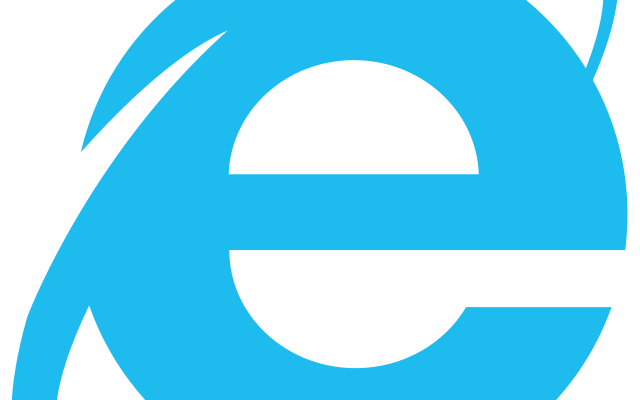Common Ways to Fix Your MacBook’s Touch Bar

If you own a MacBook Pro with a Touch Bar, you know how useful it can be. However, like any hardware component, it can sometimes malfunction or become unresponsive. In this article, we’ll discuss some common ways to fix your MacBook’s Touch Bar.
Restart Your MacBook
The first thing you should try when your Touch Bar isn’t working properly is to restart your MacBook. This often solves the problem, especially if the issue is caused by a software error.
Check Your Software Updates
Apple frequently releases software updates for its devices, including the MacBook Pro. If your Touch Bar isn’t working correctly, check to see if there are any available updates that you haven’t installed. Updating your software can often resolve touch bar issues.
Reset the Touch Bar
If restarting your MacBook doesn’t solve the problem, you can try resetting the Touch Bar. To do this, follow these steps:
- Restart your MacBook.
- As soon as you hear the startup sound, press and hold the Command + R keys until the Apple logo appears.
- Release the keys and wait for your MacBook to start up.
- Test the Touch Bar to see if it’s working correctly.
If the Touch Bar is still not working after resetting it, you might need to try other solutions.
Calibrate the Touch Bar
Sometimes, the Touch Bar can become unresponsive because it needs to be calibrated. To calibrate your Touch Bar, follow these steps:
- Restart your MacBook.
- As soon as you hear the startup sound, press and hold the Command + Option + P + R keys until the Apple logo appears.
- Release the keys and wait for your MacBook to start up.
- Test the Touch Bar to see if it’s working correctly.
Clean the Touch Bar
Over time, the Touch Bar can accumulate dirt, dust, and grime, which can interfere with its operation. To clean the Touch Bar, use a microfiber cloth or a soft, dry cloth to gently wipe the surface of the Touch Bar. Avoid using water, soap, or other cleaning fluids, as these can damage the Touch Bar.




